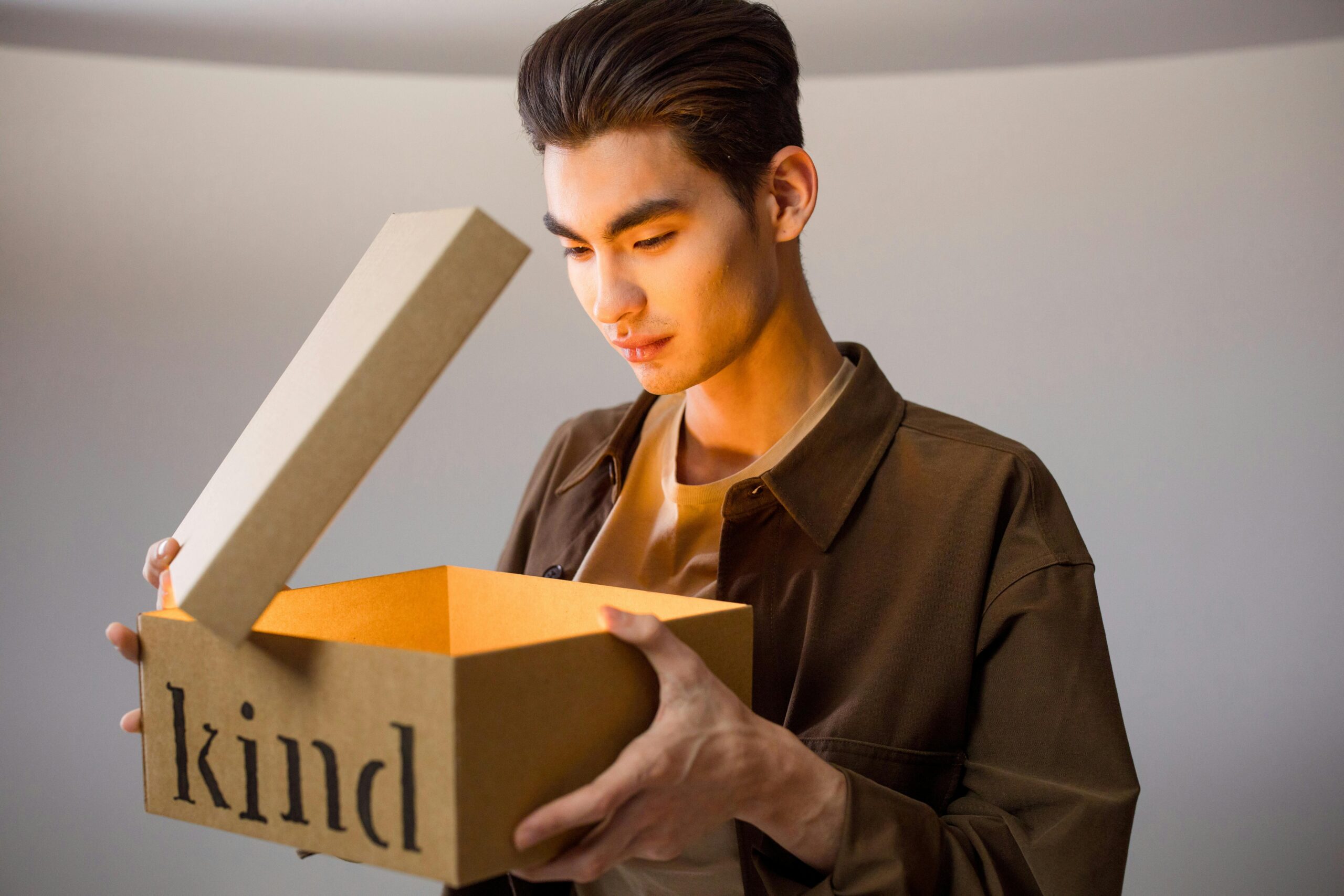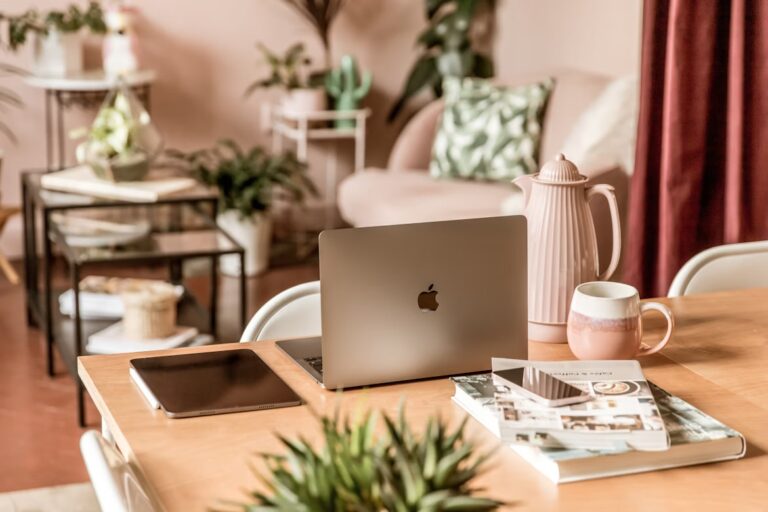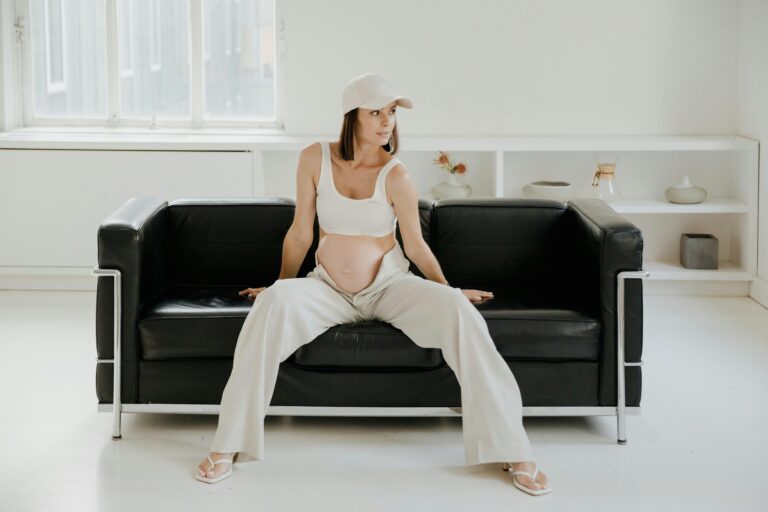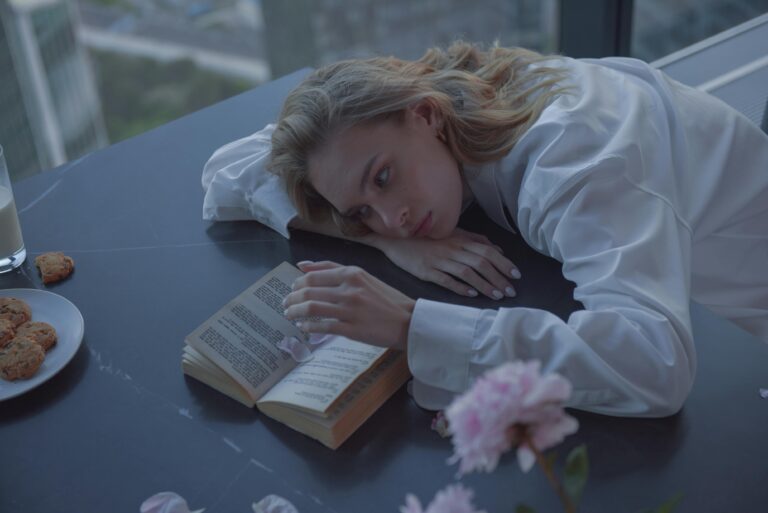What Is Light Therapy?
Light plays a vital role in regulating many of the body’s biological functions, particularly the circadian rhythm, which is our internal clock that governs sleep, mood, energy levels, and hormone production. In environments where natural sunlight is limited, especially during the fall and winter months, this biological clock can become disrupted. For many individuals, reduced light exposure leads to significant mood changes, most notably Seasonal Affective Disorder (SAD).
Light therapy was developed to counteract the effects of insufficient sunlight. By delivering bright, controlled doses of light at specific times of day, this treatment helps restore normal circadian function, regulate melatonin and serotonin production, and improve mood and alertness.
Today, light therapy is recognized as a first-line treatment for winter pattern SAD and is also being studied for its benefits in other conditions, including sleep disorders, bipolar depression, and chronic fatigue. When used correctly, light therapy offers a safe, effective, and nonpharmacological way to support mental and physical well-being, especially for those living in northern climates or spending long hours indoors.
What Is Light Therapy?
Light therapy was originally developed at the National Institute of Mental Health (NIMH) to treat winter‑pattern depression, which is also known as SAD. It is among the few non‑medication treatments supported by randomized trials and meta‑analyses, with effect sizes comparable to those of antidepressant medication for this condition. While most evidence concerns the winter months, light therapy may also offer benefits outside winter, particularly for individuals who spend much of their time indoors and are exposed to limited natural daylight.”
What Else Can It Help?
While light therapy is best known for its well-established effectiveness in treating SAD and other forms of depression, with nearly 100 clinical studies supporting its use, emerging research suggests that it may also have therapeutic benefits in a range of different conditions. However, evidence in these areas is still preliminary, and more rigorous studies are needed to confirm effectiveness.
- Post Traumatic Stress Disorder (PTSD)
- Attention Deficit Hyperactivity Disorder (ADHD)
- Binge Eating Disorder
- Sexual Dysfunction
- Insomnia and Circadian Rhythm Sleep Disorders
- Parkinson’s Disease
How to Make It Work
The key to success is using the right light box at the right time of day.
Choosing a Light Box
Many light boxes on the market don’t deliver effective results because they are too small or weak to make a difference. To find quality options, look for a light box with the Center for Environmental Therapeutics (CET) seal of approval or one that has passed clinical testing. You can also check out CET’s website for its products and additional information.
Most models now use LED bulbs instead of fluorescent bulbs because of their longevity and durability.
Recommended Light Boxes
- Low Cost: Carex Daylight Sky
Affordable and adjustable. LED.
$130 - Carex Elite
Slimmer profile than the Daylight Sky. LED.
$140 - Northern Lights Desk Lamp II
Pricier, but sturdy. LED.
$180–$220 - BOXelite OS
Large, bulkier model with removable legs for travel.
Uses fluorescent bulbs (replace every 2–3 years)
$170–$200
Light Box Specifications
- Intensity: Minimum 5,000 lux but 10,000 lux is recommended. Use longer if lower lux: 2 hrs at 5,000 vs. 30–60 min at 10,000
- Screen Size: At least 12 x 17 inches
- Wavelength: Around 509 nm (white light)
How to Use a Light Box
- Sit 12–17 inches from the box
- Light should come from above at a 45° angle (like morning sun)
- Use for 30–60 minutes each morning
- Don’t stare into the light, but read, eat, or work while under it
- To find your optimal time, take the AutoMEQ test by searching for it online. After answering a few questions, it will recommend your best start time, which is usually between 5:00 am and 8:15 am.
- Most people start feeling better in 2–4 days, but full benefits may take 2–4 weeks.
Important: Only use light therapy in the morning. After 2:30 pm, it may worsen mood by disrupting your circadian rhythm.
Trouble Waking Up? Use Dawn Stimulator
Try a dawn simulator, which gradually lights up your room to mimic a natural sunrise.
Can Light Therapy be used in Bipolar Depression?
Light therapy can be effective for bipolar depression, but there’s a small and rare risk that it can trigger mania or agitation. To reduce that risk:
- Use the light between 12:00 pm and 2:30 pm
- Start with 15 minutes per day
- Increase by 15 minutes each week, up to 1 hour
- If symptoms of mania arise (agitation, insomnia, racing thoughts, etc.), stop or reduce time and contact your psychiatric clinician
Starting and Ending the Season
- Start light therapy: At least 2 weeks before your usual winter slump
- Taper off in spring: Reduce use by 15 minutes per week over 2–4 weeks
- Important: People with bipolar disorder may need to stop by February, as the bright spring light in March can increase mania risk
- Expert Tip: To prevent springtime mood swings, wear blue-light blocking glasses in the evening starting late February.
Side Effects & Safety
- Most common: Headache, eye strain
- Less common: Insomnia (usually resolves with morning-only use)
- Eye safety:
- Always choose a box with a UV filter
- Don’t look directly into the light
- Let your psychiatric clinician know if you have an eye condition







